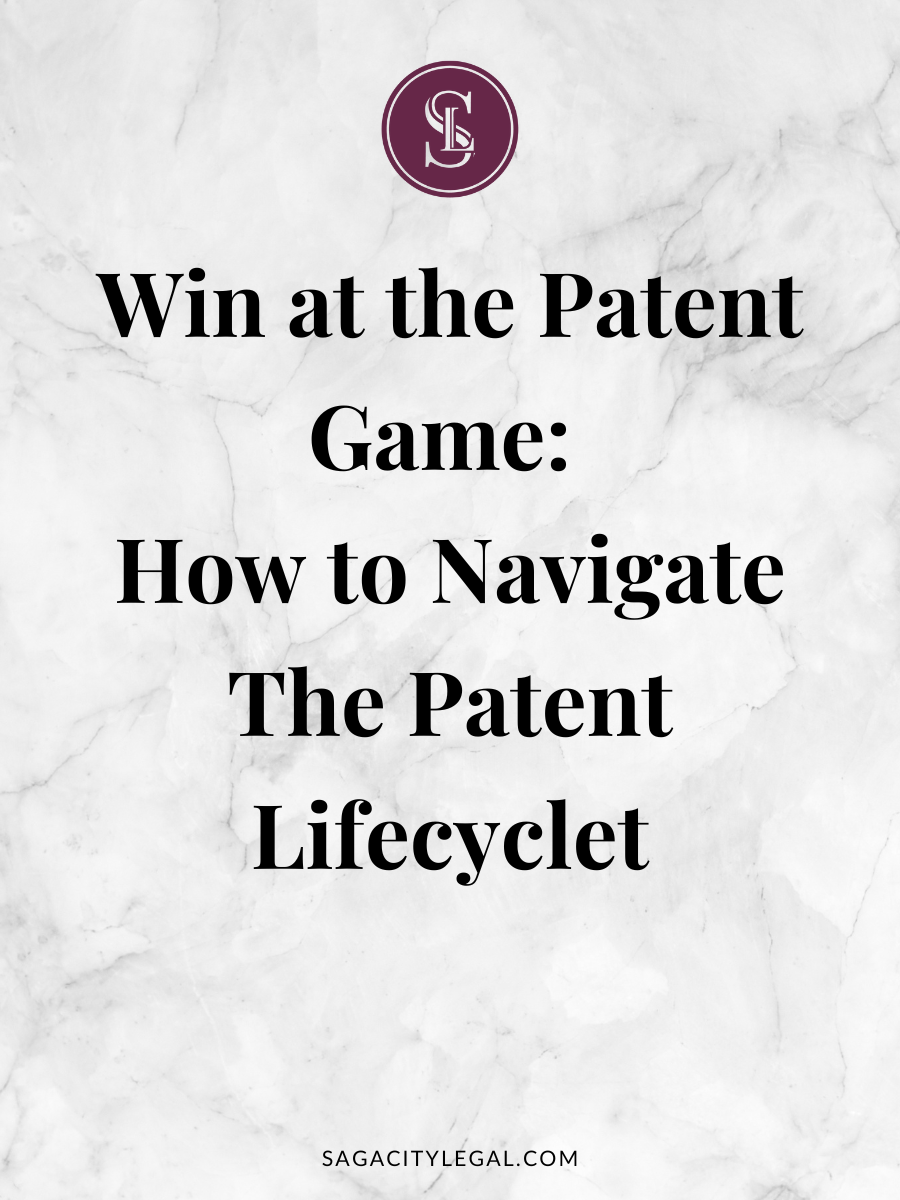In today’s competitive world, having your ideas and inventions patented is one of the keys to success for inventors. However, getting a patent is a lengthy, complex, and often confusing process, and many inventors find themselves stuck along the way. But fear not! With the right guidance, anyone can navigate the patent lifecycle successfully. In this blog post, we’ll give you the information and tips every inventor needs to win at the patent game.
After reading this blog post, hop over to my YouTube Channel and watch this free training video to learn more.
1. Understanding the patent lifecycle:
The patent lifecycle has four stages: Idea conception, Patent application, Patent examination, and Patent Grant. Idea conception is where an inventor comes up with their invention or discovery. Discovered art, novelty, non-obviousness, and enablement are the requirements of Patent application stage. The examination stage gives the inventor feedback to make changes to the application and remove any deficiencies in their claims. Patent Grant is the final stage, which provides the inventor with exclusive rights to manufacture, use, and sell their invention publicly.
2. Know your invention:
Before filing for a patent, you must know what you are inventing. The best way to do this is by conducting a patent search to ensure that your invention is unique and not already patented or too similar to an existing patent. At this stage, you can also seek the help of patent attorneys who can assist you in identifying any patentable features that may require filing separate patents.
3. Prepare a strong patent application:
A well-drafted patent application is one of the most important aspects of winning in the patent game. Your application should contain clear and concise descriptions of your invention, along with technical drawings, and claims that clearly define your patent’s scope. This is the time to be precise and specific as the language you use often determines the patent’s legal scope.
4. Respond promptly to the patent examiner’s office:
Once your application is reviewed by a patent examiner, you will receive office actions calling for clarifications, changes, and/or discussing issues with your application. Respond promptly to these office actions to avoid a rejection and unnecessary delay in the patent process. Your attorney may be of great help in drafting a response to the patent examiner that demonstrates your invention’s utility, novelty, and non-obviousness.
5. Keep an eye on your competition:
Once you have been granted the patent, your work is not over. You need to be aware of competitors who might try to infringe on your exclusive rights to produce, use, and sell your invention. Therefore, keep a watchful eye on your competitors, and quickly respond to any instances of infringement, trying to protect your patent rights to the fullest potential.
Conclusion:
Navigating the patent lifecycle can be challenging, but with the right guidance, anyone can win at the patent game. Ensure that you understand the patent lifecycle, know your invention, prepare a strong application, respond promptly to any patent office actions, and keep an eye on your competitors to be successful in the game. There are numerous resources to assist you in every step of the patent lifecycle, so don’t hesitate to seek help from patent attorneys, agents, and search firms who have expertise in patent law, help evaluate your invention, and assist in obtaining your patent. Finally, be confident that having your invention patented is one of the keys to success in inventing!
Ready to get started on you patent lifecycle journey? Contact me here or book a free consultation at meetwithRandi.com .
#creations #creativebusiness #patent #invention #inventor101 #sharktank #randikarpinia


leave a comment on this post.